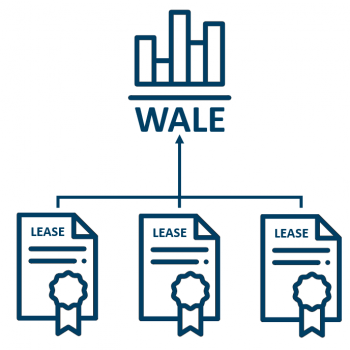A tenant’s proportionate share is also known as a tenant’s pro rata share. This is the portion of the property, by GLA or usable area, that the tenant is occupying, as a percentage of total.
Other metrics for occupied space and total property space may be used. However, it is important that the same metric is used for both numerator and denominator.
This percentage arrived at is used to generally allocate property costs to tenants. These allocatable costs may range from rates and taxes to un-metered property water.
Advanced example of tenant’s proportionate share
The objective with the concept of proportionate share is to achieve a fair share of usage.
As can be expected, certain tenants can derive greater or lesser benefit from the additional costs (relative to their percentage), than other tenants. This can result in tenants subsidising these costs for or being subsidised by other tenants.
There are grounds for both tenant and landlord to discuss a more equitable cost allocation method where
- There is risk of disproportionate allocations, and
- Assuming the benefit exceeds the administration costs.
Thus, where the consumption driver is not floor space occupied, there are grounds for an allocation metric different to floor space (square meters or square feet) to be applied to expenses.
Another example
A property has two tenants, a gym and a sporting goods retailer. Both occupy the same floor space. The water charge is split between both parties based on their 50% share of floor space.
The gym has a pool, 40 showers, a sauna, 20 basins, 20 toilets, and a food bar. The sporting goods retailer has 2 toilets and basins. There is limited landscaping and common areas requiring cleaning.
In this instance the gym would appear to be responsible for at least 90% of the property’s water consumption. The calculation of a tenant’s proportionate share would want to take the different usages obvious to the reader above into account.







